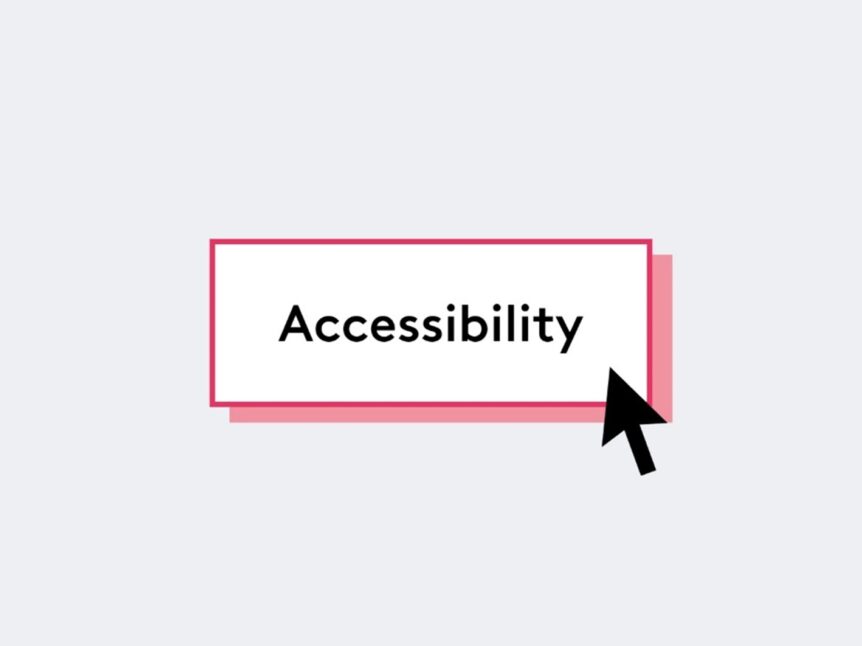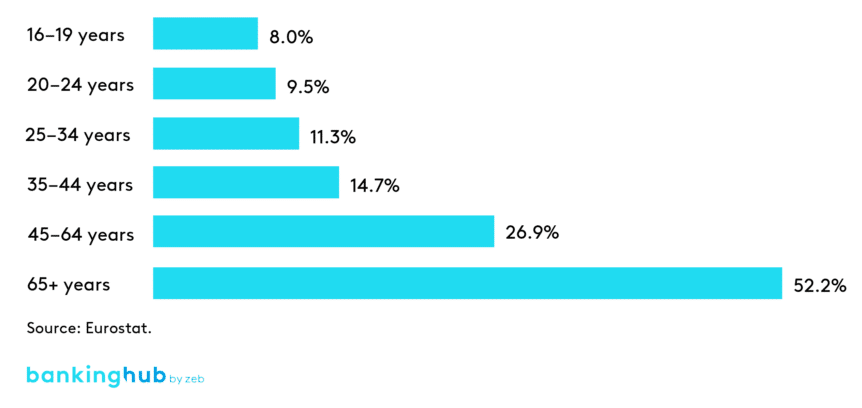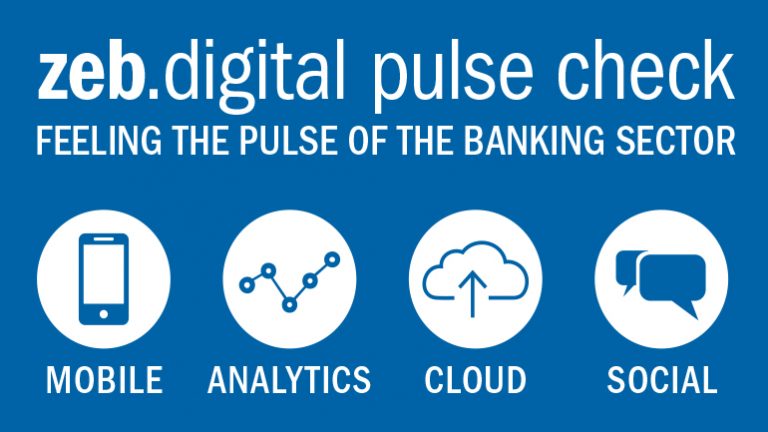Accessible banking – how are banks affected?
Everyone depends on banking services, which must therefore be accessible to everyone. These services fall under the scope of the BFSG and must meet the requirements postulated therein.
In concrete terms, this applies to the following areas:
Digital services
- Websites and mobile applications: banks must ensure that their websites and mobile applications are designed to be accessible. This includes compatibility with screen readers, clear navigation structures, sufficient color contrasts and the provision of alternative text descriptions for images and figures.
- Online banking platforms: all functions of online banking platforms must be accessible to people with different impairments. This also includes the option of keyboard navigation and support of assistive technologies.
Physical accessibility
- Bank branches: branches must be accessible for people with limited mobility. This includes wheelchair-accessible entrances, elevators, barrier-free restrooms and appropriate signage.
- ATMs: ATMs must be designed in such a way that they can be used by people with different impairments. These include screen-reading options, Braille keypads, suitable heights and audio assistance for people with visual impairments.
Communication and information
- Accessible documents: banks must ensure that important documents such as account statements, contractual terms and conditions and information leaflets are available in accessible formats.
- Customer service: banks’ customer service must be able to provide appropriate support for people with impairments.
Standards for assessing digital Accessibility are laid down in the Web Content Accessibility Guidelines (WCAG), which define 87 concrete, measurable success criteria, subdivided into 13 categories, on how software and web content must be designed in order to be considered accessible.
You can find a comprehensive list of all aspects to be considered here: Web Content Accessibility Guidelines
Banks must ensure that their digital solutions and web-based content comply with the AA level of the WCAG at the minimum; otherwise they may be fined with up to EUR 100,000.
Digital accessibility – an important step towards equality of opportunities
101 million – that is how many people in the EU are affected by an impairment. This corresponds to 27% of the EU’s population or around one in four EU citizens. A look at the figures from Germany illustrates the importance of the EAA:
In Germany, more than 30% of people over the age of 16 are affected by an impairment. This figure will continue to rise in the coming years, as 80% of those affected by an impairment weren’t born with it.
The risk of impairment increases with age. The following chart illustrates the distribution of impairments per age group.
But what exactly is considered an impairment?
Many people associate digital accessibility primarily with visual impairments. Although this group makes up a considerable proportion of those affected, the concept of impairment covers a much broader spectrum from physical to sensory or cognitive limitations.
Impairments are often invisible to others and barely noticeable. While some impairments can be compensated for with simple aids such as spectacles, others require special support such as screen readers or Braille keyboards in order for those affected to complete everyday tasks on the computer. Apart from the senses of vision or hearing, intellectual abilities can also be impaired. Those cognitive impairments range from mild learning difficulties to severe mental disabilities that make it difficult to understand content.
At the end of the day, it is to the benefit of people with impairments of all kinds when both the analog and the digital aspects of their everyday lives are designed to be accessible.
BankingHub-Newsletter
Analyses, articles and interviews about trends & innovation in banking delivered right to your inbox every 2-3 weeks
"(Required)" indicates required fields
The Future of Banking – benefits and opportunities for banks
The topic of digital accessibility not only comes with challenges and new regulations, but also with numerous advantages and opportunities:
- Access to a broader target group: almost 25 million people with impairments live in Germany, around 7.8 million of whom are considered severely disabled. In order to reach these people, solutions are required that take their specific needs into account.
- Improved products for all users: accessible software design that prioritizes clear structures and usability not only enables access for everyone, but also leads to overall better digital solutions that are more user-friendly – to the benefit of everyone.
- Strengthening the brand image: accessible software strengthens the brand image and customer loyalty, as a commitment to inclusion leaves a positive impression.
Conclusion
The European Accessibility Act and the laws transposing it into national law require banks to make their services fully accessible. This is not only a legal obligation, but also offers a significant opportunity for banks to expand their customer base and strengthen their brand image. Digital and physical accessibility benefits everyone and promotes the equality of opportunities.
In the long term, banks will take advantage from future-proof and flexible solutions that meet the requirements of an increasingly inclusive society.













































